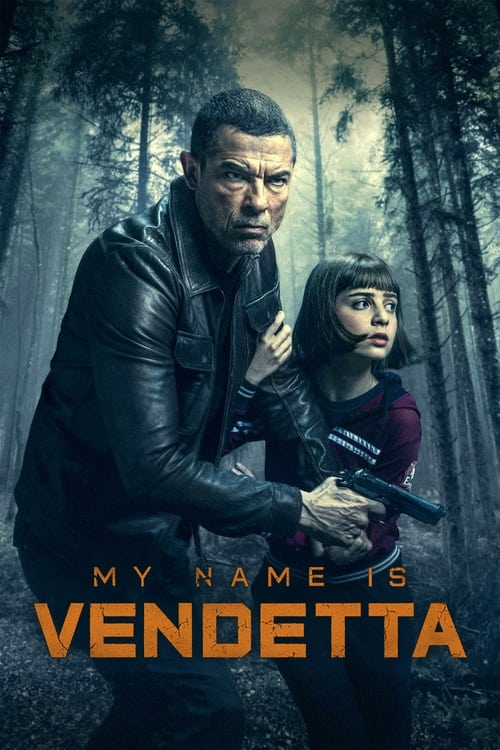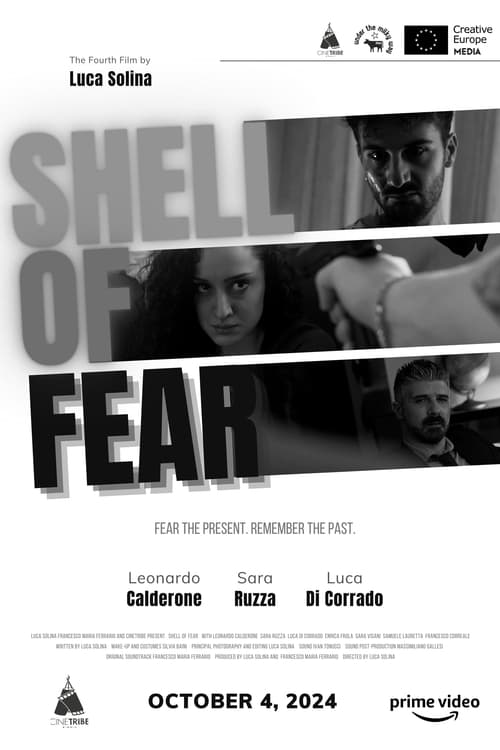
Ask Your Own Question
What is the plot?
What is the ending?
In the ending of "The Vigilante," the protagonist, a woman named Jane, confronts the main antagonist, a powerful crime lord. After a tense showdown, Jane manages to defeat him, but not without significant personal cost. The film concludes with Jane reflecting on her journey, realizing the toll her quest for vengeance has taken on her life and relationships.
As the final act unfolds, the scene opens in a dimly lit warehouse, the air thick with tension. Jane, clad in dark clothing, stealthily navigates through the shadows, her heart pounding with a mix of fear and determination. She has tracked down the crime lord, who has been responsible for the suffering of many, including her own family. The atmosphere is heavy with anticipation as she approaches the main room, where the crime lord is holding a meeting with his henchmen.
Inside, the crime lord, a man exuding power and menace, is surrounded by his loyal followers. They are discussing their next moves, unaware of the impending confrontation. Jane takes a deep breath, steeling herself for what is to come. She bursts into the room, her presence commanding immediate attention. The henchmen scramble, reaching for their weapons, but Jane is quick and agile, using her training to disarm them one by one.
The crime lord stands, a smirk on his face, underestimating Jane. He taunts her, reminding her of her past failures and the losses she has endured. Jane's eyes blaze with fury as she confronts him, revealing her motivations--her desire for justice, not just for herself but for all the victims he has harmed. The tension escalates as they engage in a fierce battle, a choreography of punches and kicks that showcases Jane's skill and resolve.
As the fight reaches its climax, Jane gains the upper hand, but not without sustaining injuries. The crime lord, desperate, attempts to escape, but Jane is relentless. In a final, decisive moment, she corners him, and with a mix of rage and sorrow, she delivers the blow that ends his reign of terror. The crime lord collapses, defeated, and Jane stands over him, breathing heavily, a mix of triumph and grief washing over her.
In the aftermath, the scene shifts to Jane sitting alone in a quiet park, the sun setting in the background, casting a warm glow. She reflects on her journey, the choices she made, and the lives affected by her quest for vengeance. The weight of her actions settles heavily on her shoulders as she contemplates the cost of her pursuit. The camera lingers on her face, capturing the complexity of her emotions--relief, sorrow, and a sense of loss.
The film concludes with Jane walking away from the park, her silhouette fading into the distance. The audience is left with a sense of ambiguity about her future, as she grapples with the consequences of her actions and the path she has chosen. The fate of the other characters, including the victims of the crime lord and Jane's own family, is implied through her reflections, emphasizing the broader themes of justice, vengeance, and the personal toll of violence.
Is there a post-credit scene?
In "The Vigilante" (2022), there is indeed a post-credit scene that adds an intriguing layer to the film's narrative.
As the credits roll, the screen fades to black before transitioning to a dimly lit alleyway, where the atmosphere is thick with tension. The camera slowly pans down to reveal a figure cloaked in shadows, their face obscured. The sound of distant sirens echoes, creating a sense of urgency.
The figure steps into a sliver of light, revealing a woman with a determined expression, her eyes sharp and focused. She pulls out a small, worn notebook from her pocket, flipping through pages filled with names and notes. Each name is crossed out, indicating a list of targets that have been dealt with.
As she pauses on a particular name, a flicker of recognition crosses her face, hinting at a personal connection. The camera zooms in on her hand, which tightens around the notebook, showcasing her resolve.
The scene ends with her looking up, a fierce determination in her eyes, as she whispers a name under her breath, suggesting that her quest for justice is far from over. The screen cuts to black, leaving the audience with a sense of anticipation for what might come next, hinting at potential sequels or further developments in the story.
This post-credit scene encapsulates the themes of vengeance and justice that permeate the film, while also introducing a new character who may play a significant role in future narratives.
What motivates the main character to become a vigilante?
The main character, a woman named Jane, is driven by a deep sense of justice and personal loss. After witnessing the brutal murder of her sister at the hands of a gang, Jane feels a profound emptiness and anger. This tragedy ignites her desire to take matters into her own hands, leading her to adopt the role of a vigilante. Her internal struggle is palpable as she grapples with the morality of her actions while seeking revenge.
How does Jane's relationship with her family evolve throughout the film?
Initially, Jane's relationship with her family is strained due to her obsession with avenging her sister's death. Her parents, who are grieving and want to move on, struggle to understand her need for vengeance. As the film progresses, Jane's actions create a rift, leading to confrontations filled with emotional turmoil. Ultimately, her family's concern for her safety and mental state forces Jane to confront the consequences of her choices, leading to a poignant reconciliation.
What role does the antagonist play in Jane's transformation?
The antagonist, a ruthless gang leader named Victor, serves as both a physical and psychological barrier to Jane's quest for justice. His menacing presence and violent actions not only represent the chaos in Jane's life but also challenge her resolve. As Jane confronts Victor, she is forced to confront her own darkness, leading to a transformation where she must decide whether to become like him or uphold her moral compass.
What are the key turning points in Jane's journey as a vigilante?
Key turning points in Jane's journey include her first act of vigilantism, where she confronts a low-level gang member, which serves as a catalyst for her transformation. Another significant moment occurs when she narrowly escapes a trap set by Victor, forcing her to reevaluate her methods and motivations. The climax of her journey is marked by a confrontation with Victor, where she must choose between revenge and justice, ultimately defining her path forward.
How does the film depict the consequences of vigilantism on Jane's psyche?
The film intricately portrays the psychological toll of vigilantism on Jane. As she delves deeper into her quest for revenge, she experiences intense emotional highs and lows, including moments of exhilaration after successful confrontations and deep despair when faced with the collateral damage of her actions. The weight of her choices manifests in haunting flashbacks of her sister, leading to a fractured sense of self. This internal conflict culminates in a powerful scene where Jane confronts her own reflection, symbolizing her struggle between the woman she was and the vigilante she has become.
Is this family friendly?
"The Vigilante," produced in 2022, is not considered family-friendly due to its mature themes and content. The film contains several potentially objectionable or upsetting aspects, including:
-
Violence: The movie features graphic scenes of violence, including physical confrontations and the aftermath of violent acts, which may be distressing for younger viewers.
-
Themes of Revenge: The central theme revolves around vigilantism and revenge, exploring dark emotional states and moral dilemmas that may be unsettling for sensitive audiences.
-
Emotional Trauma: Characters experience significant emotional pain and trauma, which is depicted in a raw and intense manner, potentially affecting viewers who are sensitive to such themes.
-
Language: The film includes strong language that may not be suitable for children.
-
Mature Situations: There are scenes that involve adult situations and themes that may be inappropriate for younger audiences.
Overall, the film's tone and content are geared towards an adult audience, making it unsuitable for children or those who may be sensitive to its themes.






















